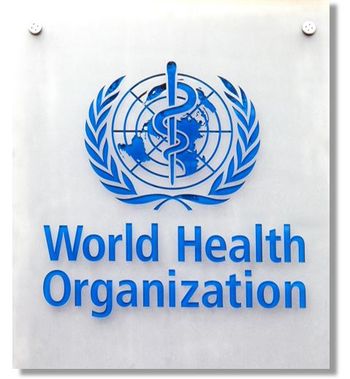
Childhood Poverty Grows into Adult Heart Disease
BALTIMORE -- A poor childhood more than doubles the risk of early heart disease even among white male physicians who achieve a high socioeconomic status, found researchers here.
BALTIMORE, Nov. 27 -- A poor childhood more than doubles the risk of early heart disease among white male physicians who achieve a high socioeconomic status, found researchers here.
The finding, based on a long-running prospective study of the precursors of heart disease, underlines the persistent effect of relative poverty on children's future health, according to Michelle Kittleson, M.D., Ph.D., of Johns Hopkins.
Interestingly, the effect appears to moderate over time, as other risk factors for coronary heart disease begin to predominate with increasing age, Dr. Kittleson (now at the UCLA) and colleagues reported in the Nov. 27 issue of Archives of Internal Medicine.
Dr. Kittleson and colleagues analyzed data from the John Hopkins Precursors Study, which enrolled graduates of the university's medical school between 1948 and 1964. Median follow-up has reached 40 years.
The cohort was valuable to examine the effects of childhood socioeconomic status, Dr. Kittleson and colleagues said, because it eliminated a key adult confounding effect. All of the participants went on to enjoy the income and professional status of physicians.
For this analysis, the researchers excluded female graduates, those of non-European background, those who did not provide information about parental occupation, and those who were unavailable for follow-up, leaving 1,131 volunteers.
The main endpoint of the study was incident coronary heart disease at or before the age of 50, with coronary heart disease defined as myocardial infarction, sudden death, angina pectoris, chronic ischemic heart disease, and other coronary disease requiring coronary bypass surgery or percutaneous coronary intervention.
Parental occupation was used as a surrogate marker for socioeconomic status, the researchers said.
Analysis of the cohort showed:
- 216 participants (19.1%) were from families with low socioeconomic status.
- Body mass index increased over time for all the physicians, but those from a poor background had a significantly higher BMI at ages 40 to 49, 50 to 59, and 60 to 69.
- Over all ages, there was no significant difference in incident coronary heart disease between those with low and high socioeconomic status.
- One the other hand, those from a low socioeconomic status family were significantly more likely to have incident coronary heart disease at or before the age of 50 (with P
Newsletter
Enhance your clinical practice with the Patient Care newsletter, offering the latest evidence-based guidelines, diagnostic insights, and treatment strategies for primary care physicians.



















































































































































































































































































